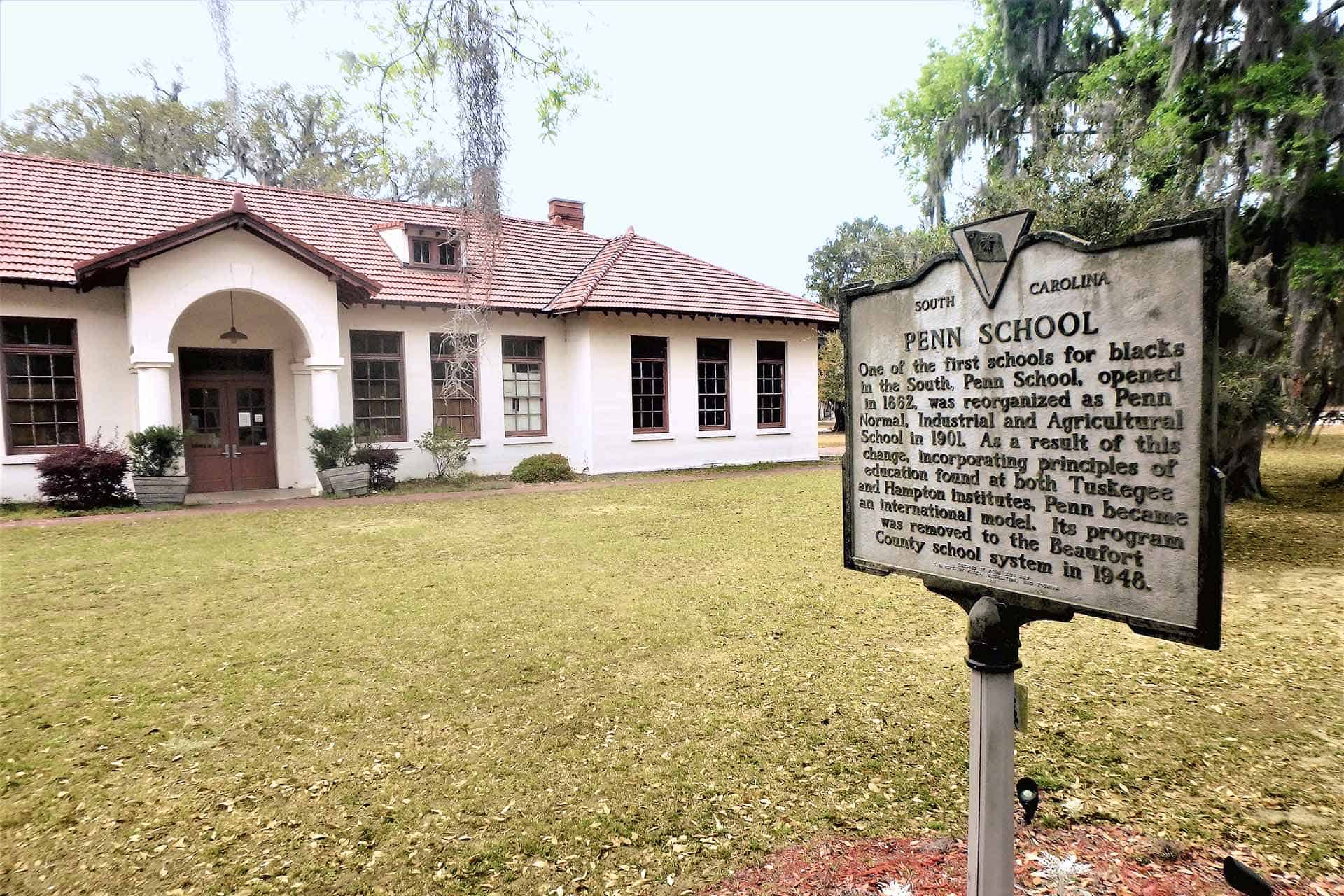The International African American Museum (IAAM) in Charleston represents the only curated museum in South Carolina that interprets the state’s pivotal role in the Civil Rights Movement and does so by illustrating the events that led to it.
IAAM is located on historic Gadsden’s Wharf in downtown Charleston on the Cooper River. The wharf was the last and most important disembarkation point for Africans during the trans-Atlantic slave trade in North America. Completed in 1772 by slave labor, the wharf was most active between 1783 and 1808 when an estimated 100,000 African men, women and children arrived and were sold into slavery. The 840-foot wharf, at the time the largest in North America, could accommodate up to six ships at once.
The $120 million museum is built on pillars so as to not touch this “sacred ground.” It features nine galleries that contain nearly one dozen interactive exhibits of more than 150 historical objects and 30 works of art.
The civil rights presentation is featured in the “American Journeys” gallery, linked chronologically to exhibits on plantation slavery, emancipation, Reconstruction and Jim Crow segregation. Called “South Carolina’s Freedom Struggle,” the exhibit showcases notable civil rights events and connects them to associated significant moments in South Carolina history. Here are some examples:
•An exhibit describing Brown v. Board of Education of Topeka is accompanied by the story of Briggs v. Elliott in Clarendon County, one of five school desegregation cases across the nation that were brought through U.S. District Courts in the early 1950s. While all five cases were defeated at the district level, the dissenting opinions were used as the base argument for Brown v. Board of Education before the U.S. Supreme Court.
•Included in the exhibit describing Rosa Parks’ defiance and the subsequent Montgomery Bus Boycott is the story of Sarah Mae Flemming in Columbia. About 16 months prior to Parks’ resistance, Flemming was forcibly removed from a city bus as she was headed to work. NAACP lawyers presented her case in U.S. District Court on the basis that Brown v. Board of Education prohibited segregation in public facilities as well as in schools. She won on appeal in July 1955, about six months before Rosa Parks refused to give up her seat.
•An exhibit on the protest strategy “Jail, No Bail,” which was used by college students across the South after being arrested for sit-ins, illustrates how the tactic was first used in Rock Hill at McCrory’s Five and Dime lunch counter. Nine students from nearby Friendship College staged a sit-in after the store defied federal law prohibiting segregation. They were subsequently arrested and chose to serve their sentences.
IAAM uses artifacts and striking art to enhance the story and visitor experience. For example, a flag displayed in the Civil Rights gallery is one of two that flew over the U.S. Capitol during the 50th anniversary of the assassination of Dr. Martin Luther King Jr.












